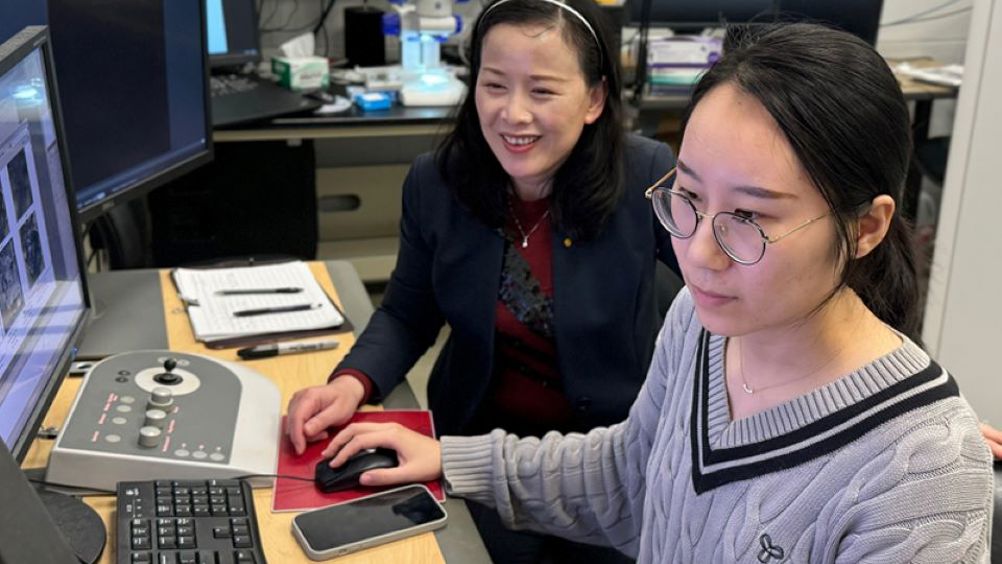Ceramics made plastically deformable at room temperature
Ceramics could be applied more widely following the development of a patent-pending method that makes them more plastically deformable at room temperature.

Plasticity or plastic deformability is a material’s ability to be deformed by compression, tension or shear into a specific shape or geometry without breaking. Typically, ceramic materials exhibit very limited plastic deformability under room temperature.
Now, Haiyan Wang and Xinghang Zhang from Purdue University’s College of Engineering have lead a team whose method is said to improve ceramic room-temperature plastic deformability by first introducing high-density defects in brittle ceramics under high temperatures. The research has been published in Science Advances.
“Such a strategy can prominently improve the room-temperature plastic deformability of ceramics, and holds the promise to inject ductility, or the ability to be drawn into near net shape, of ceramics in the near future,” Zhang said in a statement.
Ceramic materials are used as structural materials in aerospace, transportation, power plants and manufacturing; and in applications such as bearings in engines and machines, capacitors, electrical insulating materials, electrodes in batteries and fuel cells, and thermal barrier coatings in high-temperature machines.
Register now to continue reading
Thanks for visiting The Engineer. You’ve now reached your monthly limit of news stories. Register for free to unlock unlimited access to all of our news coverage, as well as premium content including opinion, in-depth features and special reports.
Benefits of registering
-
In-depth insights and coverage of key emerging trends
-
Unrestricted access to special reports throughout the year
-
Daily technology news delivered straight to your inbox










UK Enters ‘Golden Age of Nuclear’
The delay (nearly 8 years) in getting approval for the Rolls-Royce SMR is most worrying. Signifies a torpid and expensive system that is quite onerous...